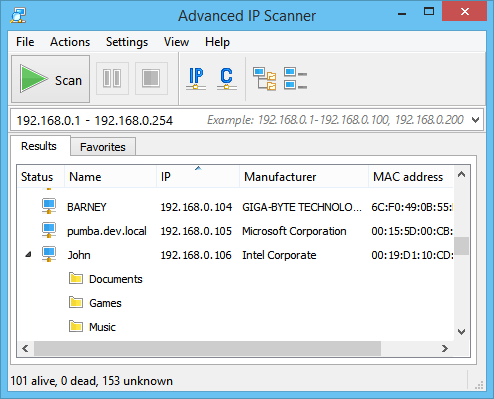

Port scanners therefore represent an important tool for users and system administrators to verify the security policies of their computers and network. However, port scanning has many legitimate uses such as network inventory and the verification of the security of a network. There are a variety of different forms of scanning which include TCP, SYN, UDP, ACK, Window, and FIN scanning. The scan sends a message to each port, with the response indicating whether the port is used and can therefore be probed further for weaknesses. A port scan assists the attacker in finding which ports are available.

Port scanning is a popular technique used by attackers to find services that they may be able to compromise. Port numbers from 1024 to 49151 are known as registered ports, and the range from 49152 to 65535 are allocated to dynamic or private ports. These include ports reserved for the File Transfer Protocol (FTP), Secure Shell (SSH), telnet, Domain Name System (DNS), Hypertext Transfer Protocol (HTTP) used in the World Wide Web, Network News Transfer Protocol (NNTP), to name a few. Port numbers range from 0 to 65535, with port numbers from 0 to 1023 considered to be the well-known ports. Ports allow different applications on the same computer to share network resources simultaneously.Ĭomputers that are connected to a local area network or internet run many different services that listen at well-known (and not so well-known) port numbers. A port scanner is a utility which probes a server or host to verify if the virtual ports of a system are open or closed.


 0 kommentar(er)
0 kommentar(er)
